Why I Chose Student Work Spaces Over Name Tags
How can a teacher create student work spaces without using name tags? Here is how I make mobile work spaces for students and introduce the variety of work spaces in our kindergarten classroom.
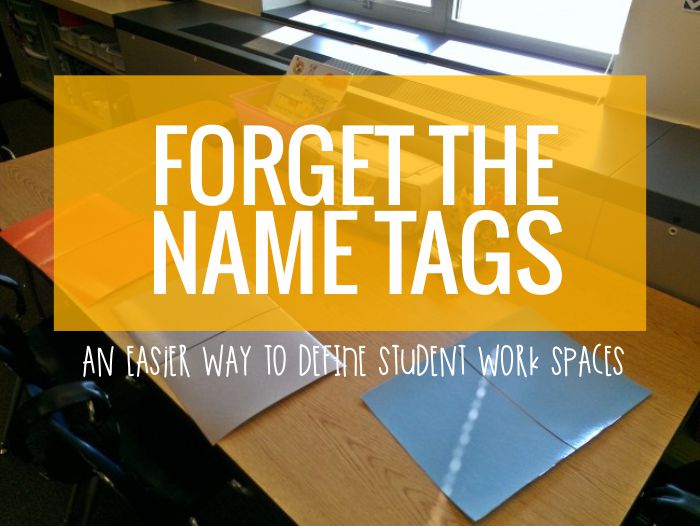
When I wanted an alternative seating solution I needed a way to teach my new students how to choose their own work places, experience a variety of working types (ball chairs, regular chairs, standing, kneeling and floor spaces), and see the variety of spaces within the classroom available to work.
Starting Out With Alternative Seating
At the beginning of the year, we keep our spaces for the first few days before I move them around. This allows students to get to know a couple of students better and to see consistently the other types of work spaces that are available.
I quickly move students around to try another type of space and make adjustments with students as needed.
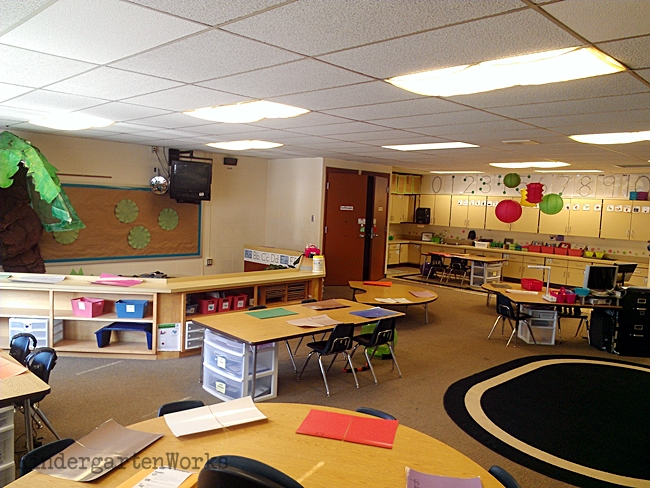
I find myself saying out loud, “You seemed to work better when you were using a standing space. Would you like to move your space there to see if it will help you make better choices?”
What We Use In Place of Name Tags
During the first two weeks, I want students to see that they have a defined work space. I also want to build name recognition. I needed to create some type of solution that accomplishes both but can be moved practically anywhere in the classroom.
How to Make Simple Work Mats
Creating a work mat was the perfect solution and these babies ended up coming in handy all year long! Here’s how I made them.
- Cut an 12×18 piece of construction paper (in as many varieties of colors) in half.
- Run the two halves through the laminator side by side with a small gap in between.
- Cut around the two pieces, creating one large rectangle. Do not cut the two halves apart.
- It will fold up like a folder or lay flat.
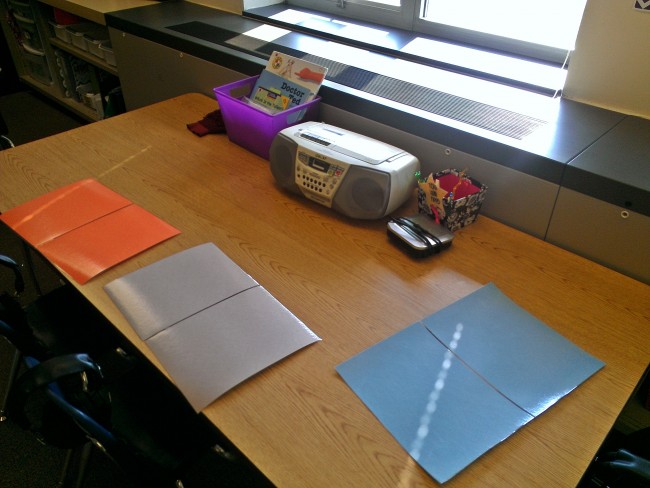
I actually ran each piece of construction paper through our copy machine/printer to print a student name on each one. But I flipped the mats over in the picture.
Many Uses for Work Mats
What I found is that these came in handy even after students got the hang of creating their own work spaces around the classroom. We kept them all year long. Here are multiple ways I used them.
- Pass out to dismiss students to get working. (Hence the name “student work spaces”)
- Use underneath painting or craft projects to help keep pieces organized or space easy to clean up. We began calling them our “art folders” and stored them until needed for projects.
- Use them to hold an entire set of class projects to lay flat and stack until later use (so they don’t have to stay out all day).
- To give personal space.
- To sit upon as needed for students who need a personal space identified when on the carpet for whole group work. (But be careful – they could be slippery if stepped on).
- Help ensure student work that didn’t get a name can be identified.
- Give students a “name” model to copy from since we choose our seats and don’t use name tags.
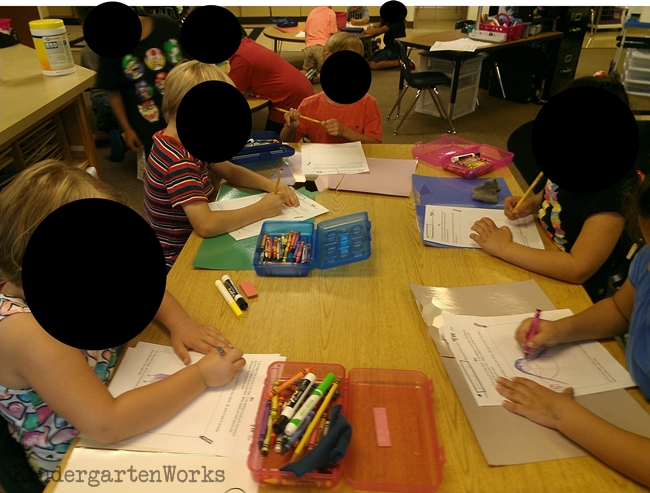
So these little pieces of laminated paper have become a huge help the first few days of school to label student work spaces and continue to get put to work for projects the rest of the school year.
It’s my way of releasing seat choice responsibility, teaching personal work space responsibility and helps keep me sane as we learn so many “how to do school” things at the beginning of our kindergarten year.
If you want to know how I teach students to use spaces instead of assigned seats or desks – here’s how I roll out student spaces a the beginning of the year.
What tips do you have that makes work lighter on you and helps you organize work without name tags and designated spaces?
If you like what I do here on KindergartenWorks, then be sure to subscribe today. I look forward to sharing ideas with you weekly.

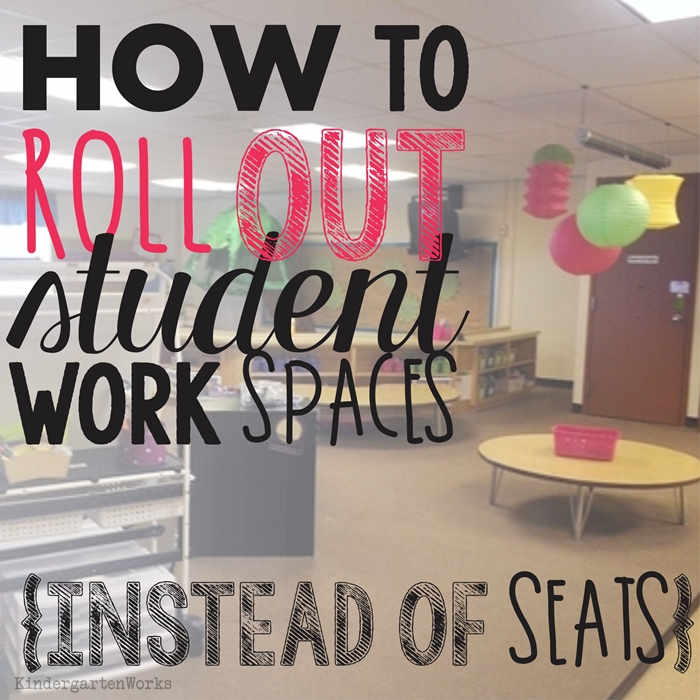
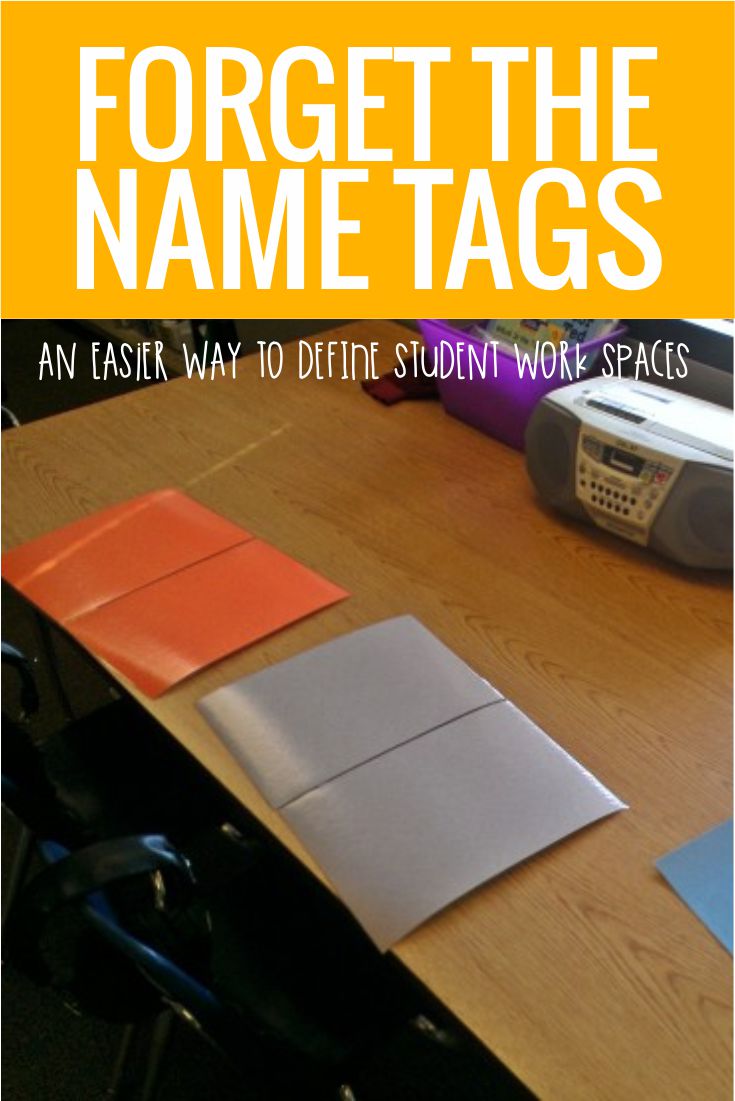
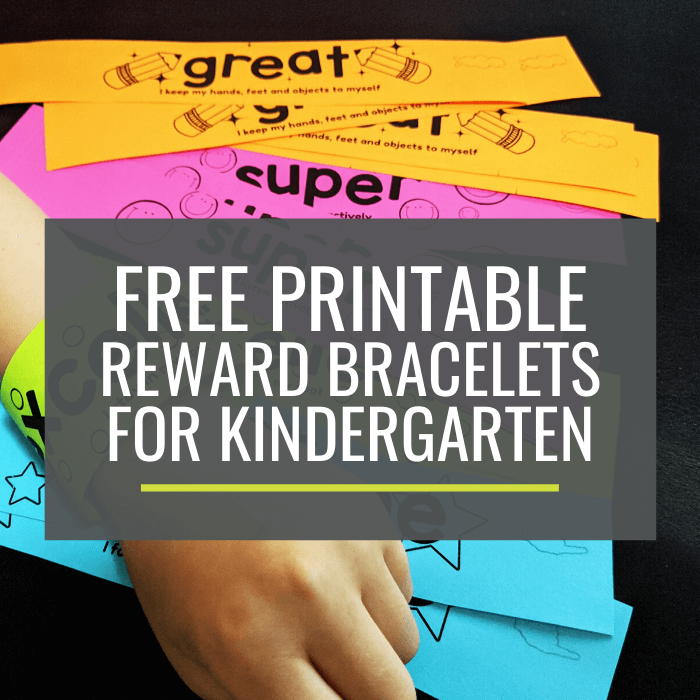
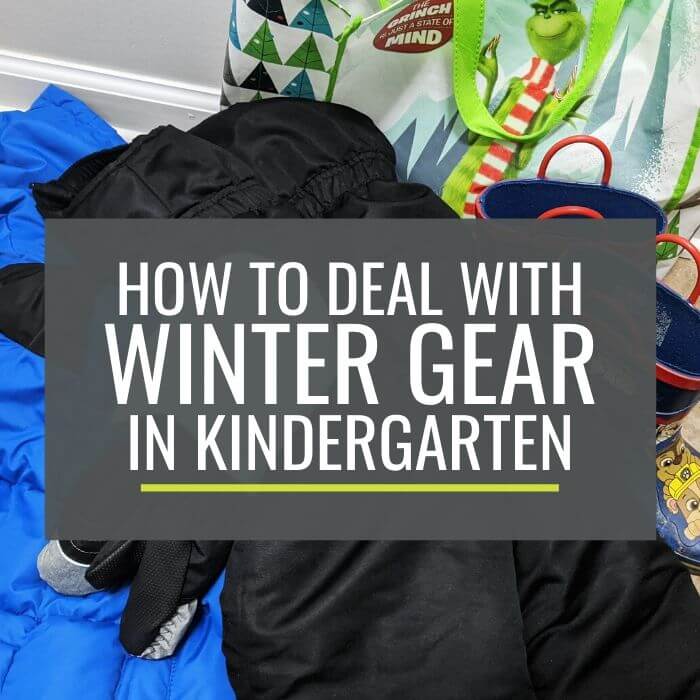
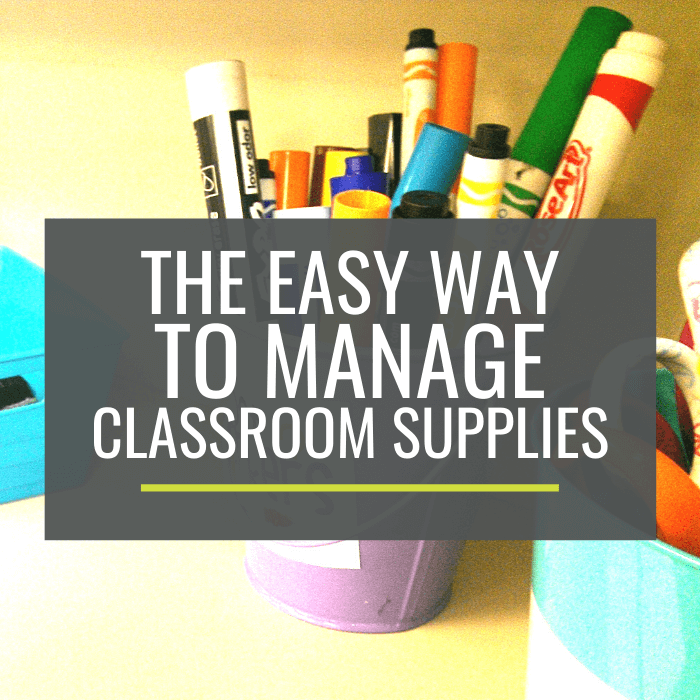
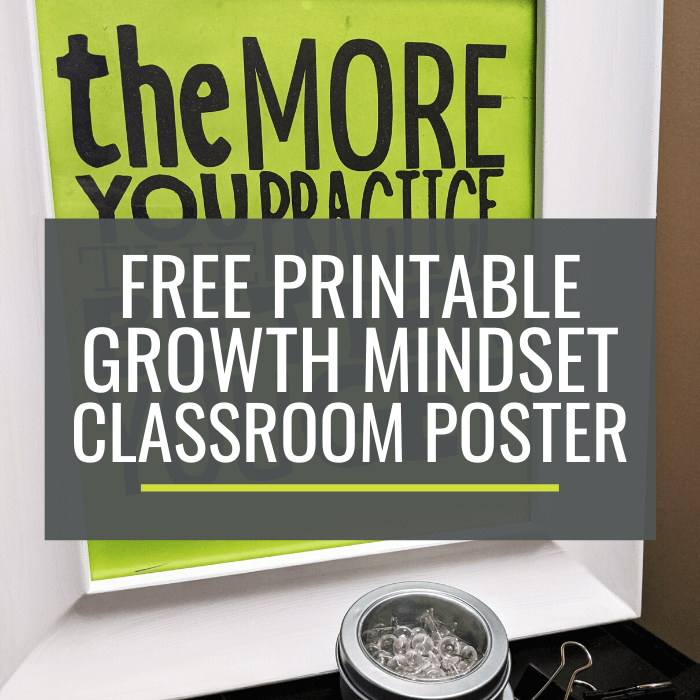
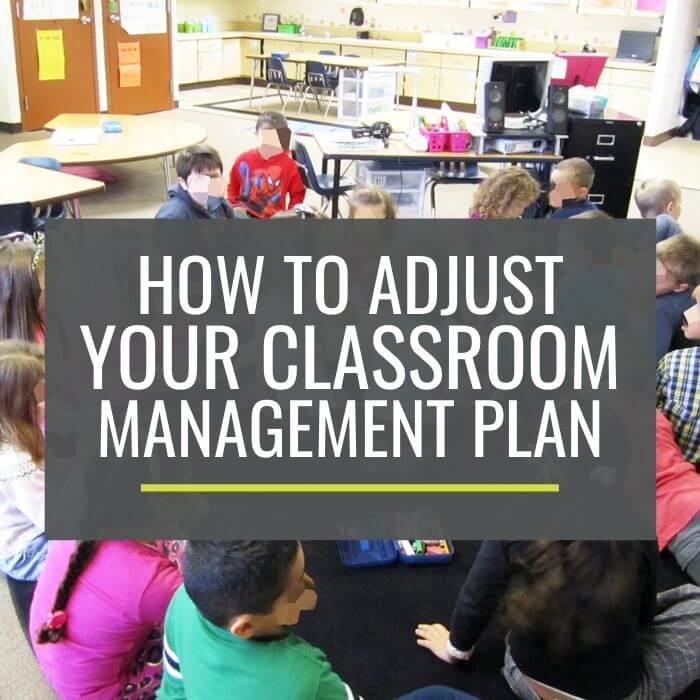
I love the idea of flexible seating in kindergarten. I’ve always had a seating chart though to separate those students who talk and disturb others if near their friends. I’m concerned about not having one and the students would choose to sit by friends and talk all the time.
Hi Trisha, I can understand that is a concern. I let me students talk while working – at a reasonable voice level and as long as it didn’t keep them for working. If they couldn’t handle it, then they were the students who got assigned a space (for a time) and they tried to earn it back. I found that they changed up who they sat near almost every day when it was just the normal thing.
What do you have under/around the bottom of the yoga ball? I’ve never seen those before! Great idea.
Hi Kelsey, Those are yoga rings. They do a nice job to make a placeholder for the balls. Here are more pictures: https://www.kindergartenworks.com/teacher-organization/better-way-to-do-this/.
Thanks, Leslie
Are your students allowed to switch between seating styles at any time during an assignment, or do they stay in the one they chose (with the exception of discipline/redirection?)
Normally during an activity, they had to carry materials to their work location so they weren’t very apt to change and carry everything around to the new spot) – though I let them change unless they were doing so just to be off task. Normally they really were changing due to the fact they thought they could work better at a different type of seat.
That’s what I found! Hope it helps.
– Leslie
How do students handle going to a class next year with traditional seating? Our kindergarten group is wanting to try this but we are concern about the impact it will have for next year when they go to 1st grade.
Hi Katherine,
Our first grade teachers didn’t do literacy centers like I did, nor did they differentiate math groups either – so there was a whole lot that changed from one year to the next including the concept of alternative seating… but it didn’t stop me from doing what I felt like my kinders needed most. It’s my honest answer, although a little blunt, right? There was a split grade level teacher that taught grades 1-2 who began to implement it too – it’s just that sometimes it takes a little while to catch on and there will always be a teacher who isn’t interested (or its not a good fit for them personally) in giving it a go. I figure our kids are super flexible and handle the change just as they do switching any classroom from year to year!
– Leslie
Hi Katherine,
Our first grade teachers didn’t do literacy centers like I did, nor did they differentiate math groups either – so there was a whole lot that changed from one year to the next including the concept of alternative seating… but it didn’t stop me from doing what I felt like my kinders needed most. It’s my honest answer, although a little blunt, right? There was a split grade level teacher that taught grades 1-2 who began to implement it too – it’s just that sometimes it takes a little while to catch on and there will always be a teacher who isn’t interested (or its not a good fit for them personally) in giving it a go. I figure our kids are super flexible and handle the change just as they do switching any classroom from year to year!
– Leslie
Where do the kinders store their pencil boxes/folders/etc? Could you share a photo?
Hi Lindsay, I’ve tried it a few different ways but here are some pictures (in the comments thread). https://www.facebook.com/KindergartenWorks/photos/a.193488510667792.54733.165760053440638/1157284397621527/?type=3&theater
I love this idea! I have a small classroom though. How do you deal with kids who want one type of work space, but it’s all full? Also, seems like the novelty of the ball would cause some arguments. I’d love a few more details about these things! Thanks!
Hi Barb, there is some novelty at first. Not all students end up liking to use it and others choose it constantly. When I assigned spaces at the beginning I treated it as a normal space and so they quickly saw it as that. Just as with any space, they can lose the privilege of choosing and I can choose for them. Having lots of students this year made this an ideal setup. I don’t have to have 27 chairs. My room would literally be all tables and chairs if I did. I think it would work great for a smaller classroom too, especially if you can incorporate standing spaces.
-Leslie
I found this post a few weeks ago and now I can’t stop thinking about the idea. I really want to try it but have a lot of questions. Do you have an email address that I could send some questions to?
thanks 🙂
Hi Jessica, Sure – would you be willing to have the conversation on facebook? That might work out best for talking back and forth. https://www.facebook.com/KindergartenWorks
– Leslie